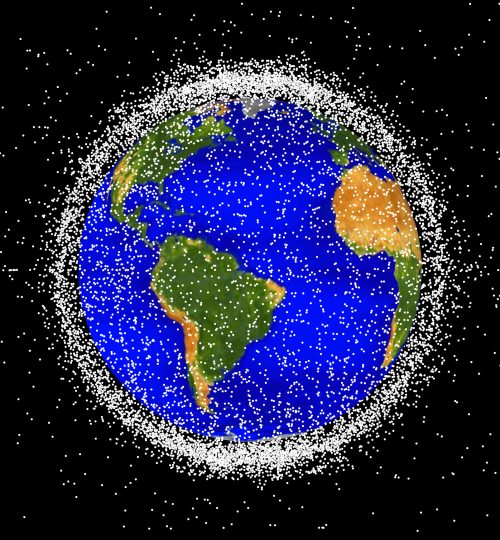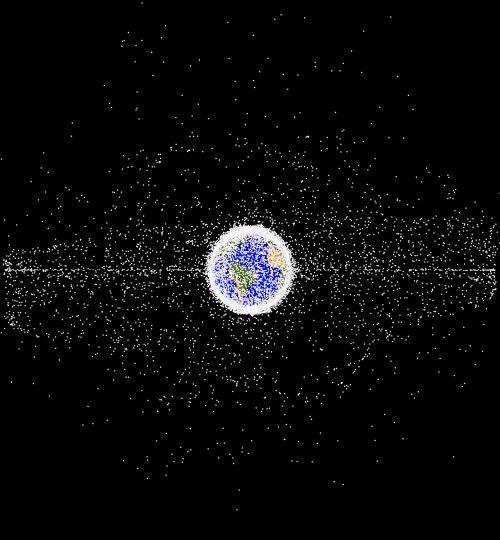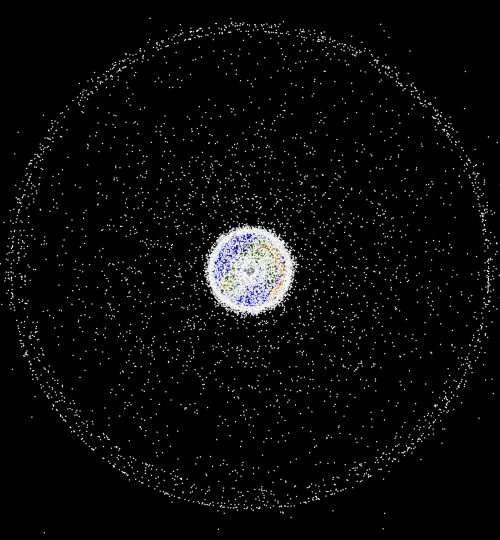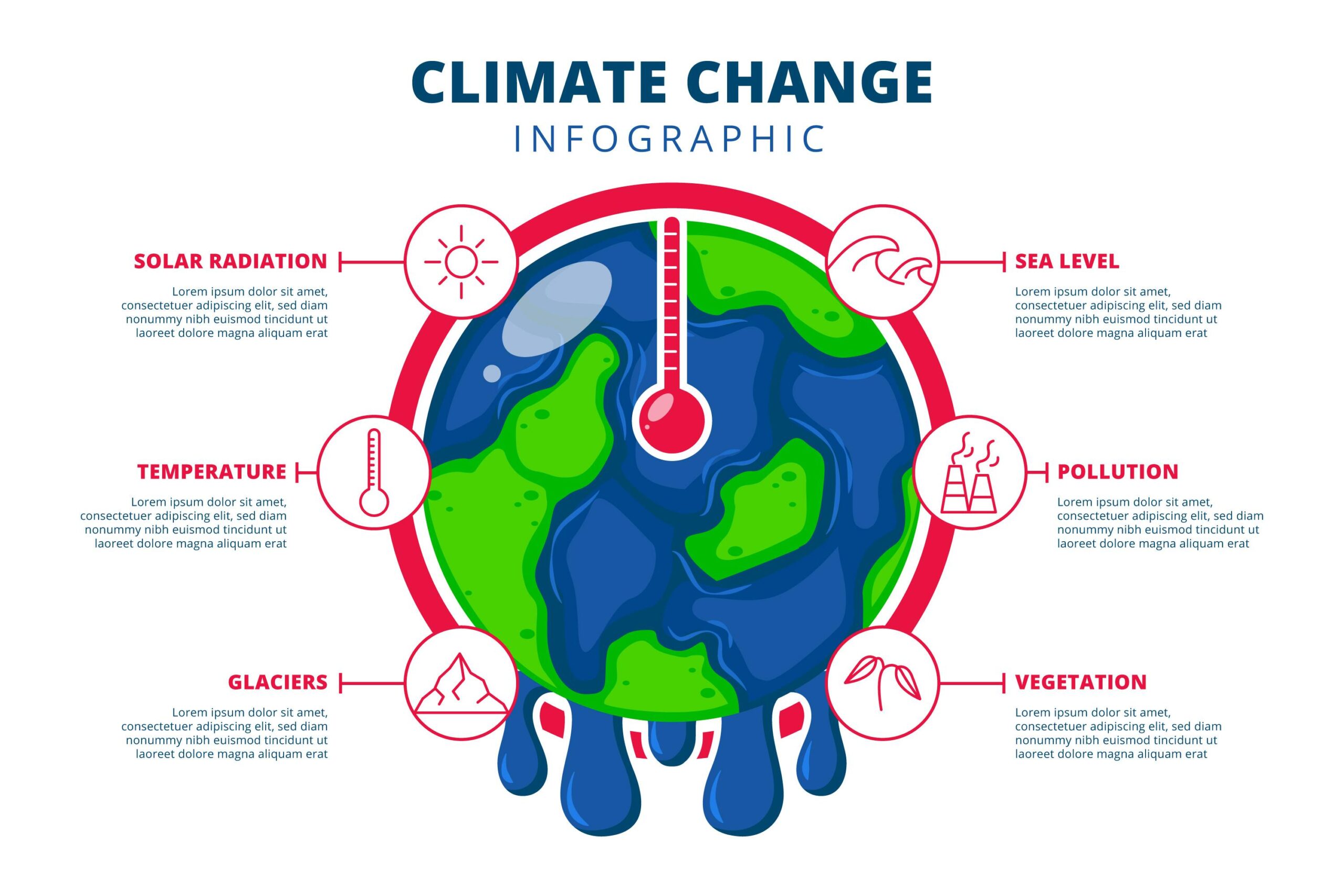Our Projects
Our Projects
Key 2 Space is dedicated to delivering the solution to clear Space Debris and Earth Atmosphere. Our focus is on save our Earth Ozone Depletion and Space Debris.
SPACE DEBRIS




Collision Risks: With thousands of defunct satellites, spent rocket stages, and fragments of various sizes orbiting Earth, the risk of collisions in space is a major concern. Even small debris pieces can cause severe damage to operational satellites or spacecraft, leading to potential disruptions in communication, weather forecasting, navigation, and other critical services.
Increasing Debris Population: The accumulation of space debris continues to grow as more satellites and rockets are launched into space without proper disposal plans. Collisions between existing debris generate even more fragments, exacerbating the problem and creating a cascading effect known as the Kessler Syndrome. This scenario could render certain orbital regions unusable for future space missions.
Spacecraft and Astronaut Safety: The presence of space debris poses a direct threat to spacecraft and astronauts. Even tiny fragments can travel at high velocities, posing a significant risk of damage or puncturing to spacecraft structures, windows, or critical systems. Astronauts conducting spacewalks are especially vulnerable as they venture outside the protective confines of their spacecraft.
Limited Space Exploration Opportunities: The growing population of space debris restricts the available space for satellite deployment, scientific missions, and future space exploration endeavors. This limitation hinders the growth of commercial space industries, scientific research, and our ability to expand our knowledge of the universe.
Long-Term Space Sustainability: The long-term sustainability of space activities is at risk due to the presence of space debris. Without effective measures to remove or mitigate debris, the future of space exploration and satellite operations may be jeopardized. It is essential to address the issue to ensure the continued use and accessibility of space for future generations.
Environmental Impact: Space debris also has indirect environmental implications. When satellites or spacecraft become defunct and remain in orbit, they contribute to the accumulation of space debris, which in turn increases the likelihood of collisions. The resulting fragments can remain in orbit for extended periods, potentially affecting future space missions and the overall health of Earth’s space environment.
Ozone Layer Depletion




The ozone layer, a region of the Earth’s stratosphere containing a high concentration of ozone (O3) molecules, plays a vital role in safeguarding life on our planet. However, in recent decades, significant concerns have arisen regarding the state of this crucial.
Ozone Depletion: The primary issue affecting the ozone layer is its depletion. Chemical substances known as ozone-depleting substances (ODS) are primarily responsible for this phenomenon. The most well-known ODS are chlorofluorocarbons (CFCs), halons, carbon tetrachloride, and methyl chloroform. These chemicals, commonly used in aerosol propellants, refrigerants, solvents, and fire extinguishers, release chlorine and bromine atoms when they reach the stratosphere. These atoms then catalytically destroy ozone molecules, leading to a reduction in ozone concentration.
The Ozone Hole: The severe depletion of ozone over Antarctica, often referred to as the “ozone hole,” is a significant concern. This phenomenon occurs primarily during the Southern Hemisphere’s springtime when polar stratospheric clouds form, providing a surface for chemical reactions involving chlorine and bromine. As a result, large areas of the ozone layer over Antarctica become significantly thinned, allowing harmful ultraviolet (UV) radiation from the sun to reach the Earth’s Surface.
Impact on Human Health: The depletion of the ozone layer leads to an increased influx of UV radiation reaching the Earth’s surface. Prolonged exposure to UV radiation can have detrimental effects on human health. It can cause skin cancer, cataracts, weakened immune system, and other adverse health conditions. Furthermore, UV radiation can also harm marine life, including phytoplankton, which forms the foundation of the oceanic food chain.
Environmental Impact: Ozone depletion can also have significant environmental consequences. Increased UV radiation can harm terrestrial plants, affecting their growth and productivity. It can disrupt ecosystems, leading to changes in biodiversity and species composition. Additionally, UV radiation can damage materials such as plastics, rubber, and paints, reducing their durability and lifespan.
Global Climate Change: The depletion of the ozone layer and climate change are interconnected, although they represent separate environmental concerns. Ozone-depleting substances, particularly CFCs, are potent greenhouse gases. Their release into the atmosphere contributes to the warming of the Earth’s climate system. Conversely, climate change can also indirectly affect the ozone layer by altering stratospheric temperatures and circulation patterns, potentially influencing ozone depletion processes.
